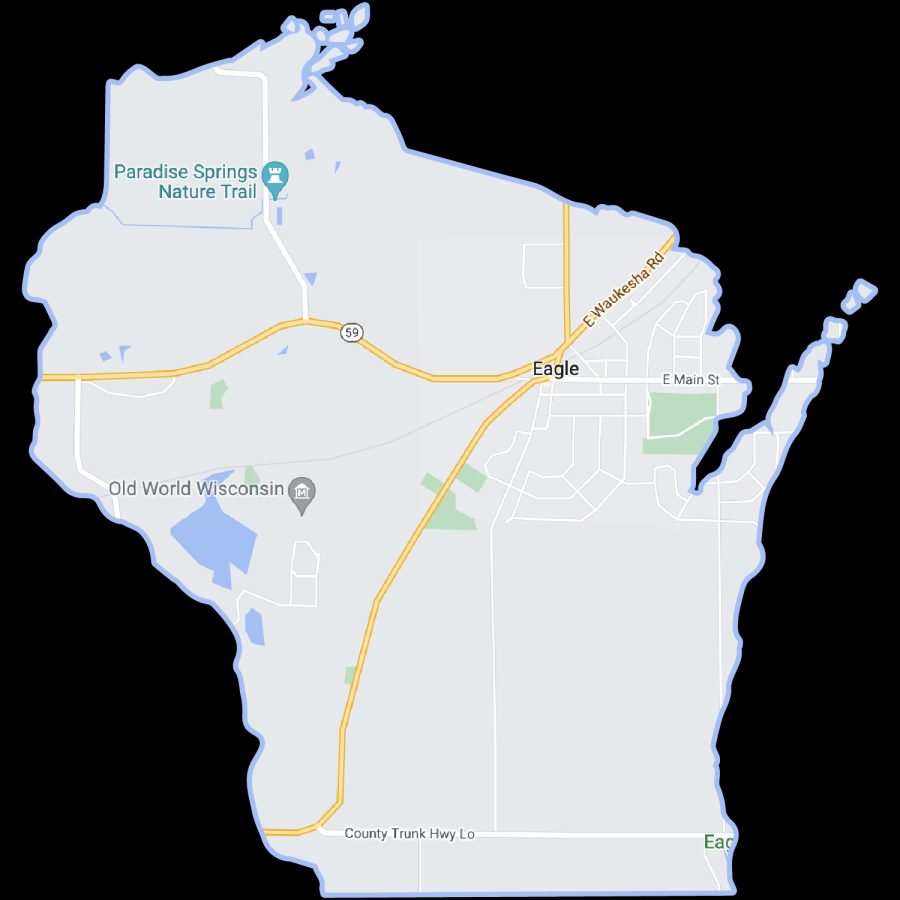Inclusivity at Old World Wisconsin
The change in Pleasant View to keep historical integrity intact
Old World Wisconsin hosted a community listening event to discuss how history is represented on Sept. 26 in Boebel Hall. This event served as a place for the community to offer ideas, thoughts and feelings about the Pleasant View historic site and what could make it better. Anna Hope Altschwager, the Assistant Director from Old World Wisconsin, organized this event.
The University of Wisconsin-Platteville also had Dr. Eugene Tesdahl, Associate Professor of History, talk about the importance of showing the diversity of history.
The space needed to be prepped for good, constructive conversation where everyone could share their ideas while remaing mindful of the topic of historic interpretation. Dina Bailey, a museum consultant and teacher, laid down the ground rules on how to proceed in the discussion.
To start off, the group needed to consider the difference between intention and impact. This advice was not only for the participants’ feedback for Old World Wisconsin, but also to provide clarity on what Old World Wisconsin is trying to convey with this revision of Pleasant View and how it impacts society.
The participants were then asked to think about their assumptions and be open-minded while listening to others. They were also asked to keep what they heard from others confidential or exclude the names of those who had shared. Bailey phrased it, “Stories stay, lessons leave.”
Once everyone was prepped, a description of Old World Wisconsin was shared. The historic site is in Eagle, WI, and contains 60 buildings across 600 acres that have been moved from all over Wisconsin to Eagle. A first-time visitor spends roughly four to six hours exploring the explore OWW campus.
The Pleasant View historic site within OWW consists of the 1890s Family Cemetery and the 1910s United Brethren Church and Community Cemetery. This is the only area that includes history representing African Americans and Black history in Wisconsin.
Half of the event particiants were tasked to answer what homesteading and freedom looked like for Black people in the 1850s. The other half was tasked with research surrounding how love, joy and connection were acted out for Black people in the 1910s and 1920s. After discussion, the groups swapped topics.
The form was eye-opening to the fact that the historic site recognizes its racist past, and wants to change it in order to enhance inclusivity. A renewal in Pleasant View is very tangible and will be acted out soon.
Even though OWW took a step forward to include more history, there is a community that is hurting from being underrepresented for so many generations. Some participants shared how it is very upsetting to have a lack of representation of Black history as Pleasant View is pushed off to the side of the OWW site layout.
Others mentioned how the Black community had been and has been creativ, and that not showing this aspect is detrimental to how others view history. There is a hole in the history that OWW is portraying. Another participant critiqued how the community is only represented by the dead, showing a “static, dead history” that, contrarily, is very much alive.
OWW has started the process of recognizing their past mistakes and moving forward to including everyone’s history no matter how unsettling it is to see the mistakes of the past. It is a process, but it is progressing in the right direction.
The narrative of Black people being different and lesser than others is simply untrue, and needs to be the first topic for the world to unlearn.
“All of us are human. We are actually more alike than we are different,” said the UW-Platteville Dean of LAE, Dr. Hilton Kelly.




